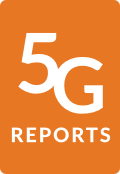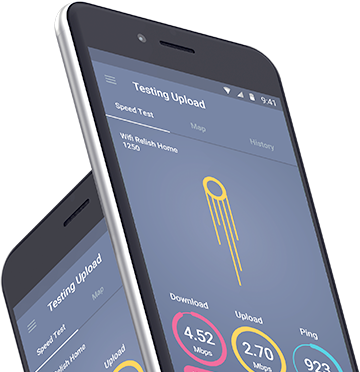Introduction
In Opensignal’s latest analysis of the 5G User experience in Australia we reveal a fiercely competitive state of play. While Telstra’s 5G network is available more of the time in more locations, four out of six 5G awards have been won jointly by two or more operators. All three operators are statistically tied for 5G Video Experience, 5G Games Experience and 5G Voice App Experience and have placed in the same categories for each of these measures of the mobile experience.
There was far more differentiation in terms of 5G Availability — the proportion of time that our 5G users spent connected to 5G — and 5G Reach — a measure of the average proportion of locations where 5G users have connected to a 5G network out of all the locations those users have visited. Telstra won both of these awards outright and by impressive margins.
Turning to recent developments in Australia’s 5G landscape, the Australian Communications and Media Authority (ACMA) completed its auction of spectrum in the 26 GHz band in April. 358 out of 360 lots were sold. Telstra bought the highest number of lots (150), followed by Optus (116) and TPG Telecom’s (which owns the Vodafone Australia brand) subsidiary Mobile JV Pty Limited (86). The licences will come into effect around the middle of this year, but according to Telstra, the ACMA is enabling early access licensing, which will allow the operator to use it sooner. 26 GHz spectrum can be used to provide ultra-high speed 5G mmWave services, but due to their propagation characteristics their reach is similar to that of public wifi.
Telstra has said that it has completed testing the use of 5G on 850 MHz spectrum and that this capability is ready for commercial use. Telstra’s 3G service is currently using this spectrum but the operator will shut down its 3G network in mid-2024. Due to declining traffic on it, Telstra believes it can repurpose some of this 850 MHz spectrum to support 5G before that point. This will make it easier for Telstra to serve rural areas with its 5G network, especially as the operator has stated that it believes this approach can support 5G data sessions across distances of over 80 kilometers. In addition, the operator said in March that it was on track to reach 75% 5G population coverage by the end of June. Also in March, Telstra announced that it had switched on its 3,000th 5G site.
Meanwhile, Optus has completed testing of its capability to combine 2100 MHz and 3500 MHz spectrum via 5G carrier aggregation and spectrum sharing technology. This will enable faster data transmission rates and improved network performance. In its announcement the operator said that it would be rolling out this capability in the coming months. Recently, Optus claimed to have over 1,000 5G sites in operation in Sydney, Perth, Melbourne, Brisbane, Adelaide and Canberra, as well as in key areas outside of these cities.
Vodafone intends to have more than 1,000 live 5G sites by the end of this year across Australia’s six most populated cities and in other areas of Victoria, New South Wales and Queensland. The operator claimed in late April to have 5G operational in over 350 suburbs and more than 1,600 sites in the planning and development phase.
We have also published a companion report — Australia Mobile Network Experience April 2021 — which analyzes the overall experience of all our mobile users in the country.





